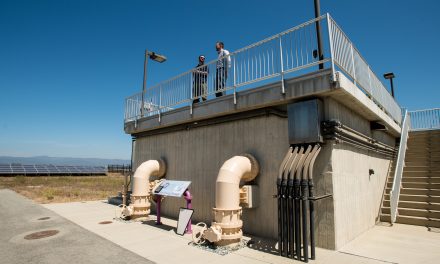According to a paper recently published in Science, 19.6 million people in China could be at risk from arsenic found in groundwater. Researchers with the Swiss Federal Institute of Aquatic Science and Technology and China Medical University in Shenyang developed a tool that helps to predict areas where groundwater could be high in arsenic. According to the model, Xinjiang, Inner Mongolia, Henan, Shandong, and Jiangsu provinces all are at greater risk based on their topography, geology, and soil characteristics.
In 1994, the continued reporting of symptoms related to arsenic poisoning led to the Chinese National Survey Program, an effort by the Chinese Ministry of Health to sample wells. Over 4 years, about 445,000 wells were tested, but this was still a small portion of the millions of wells in China. The model, described in the article, Groundwater Arsenic Contamination Throughout China, is not meant to be a sole predictor of arsenic contamination but is designed to identify areas of concern and work in tandem with screening efforts.
Official estimates show that significant numbers of people are drinking water with arsenic concentrations greater than 10 micrograms per liter of arsenic, the threshold set by the World Health Organization and the Chinese government. Long-term exposure at high levels is a serious health risk. While the results could be overestimated, the model illustrates the scale of the problem, predicts areas of potential concern, and could be applied beyond China. Read more.




